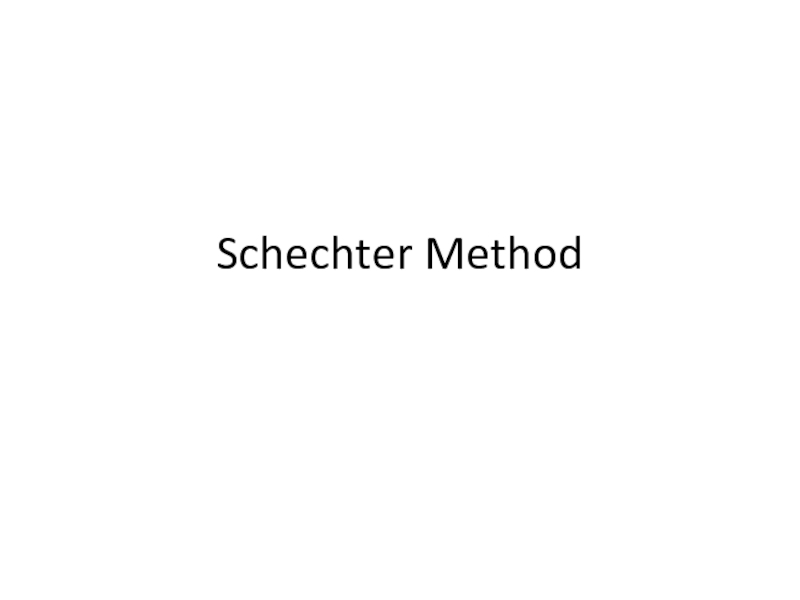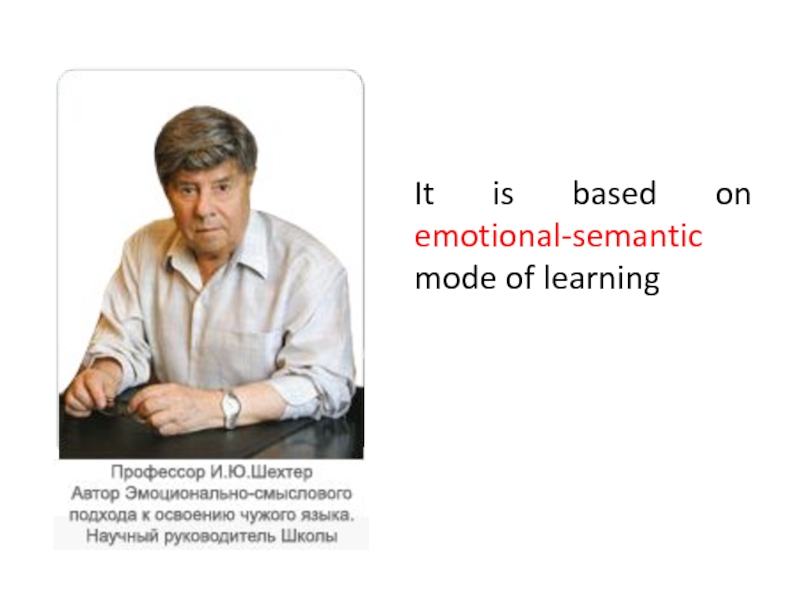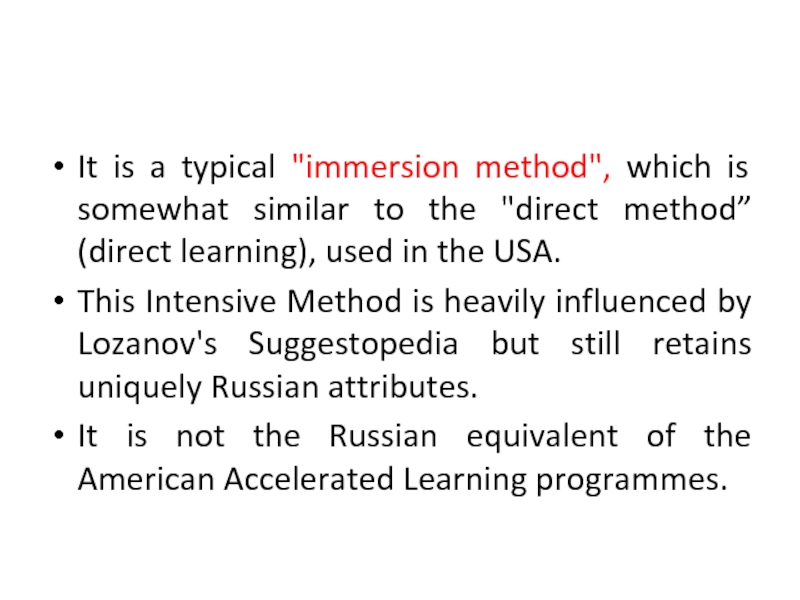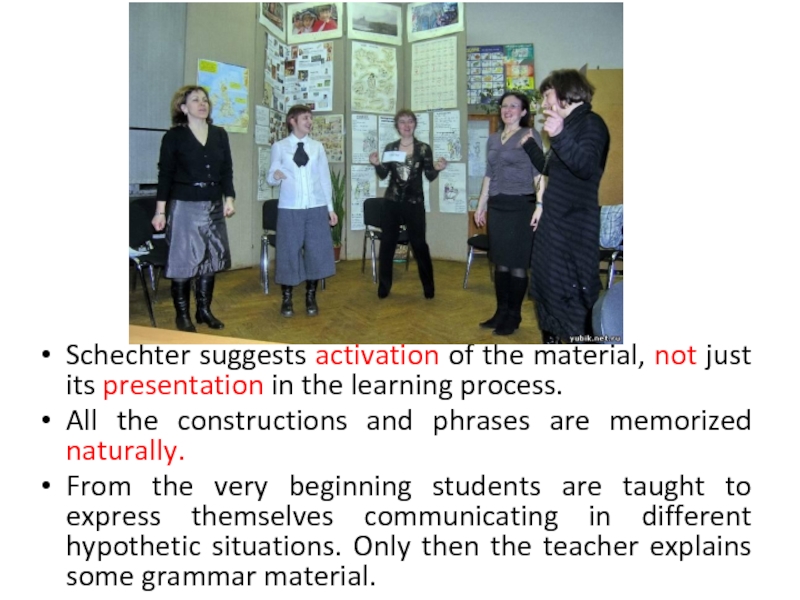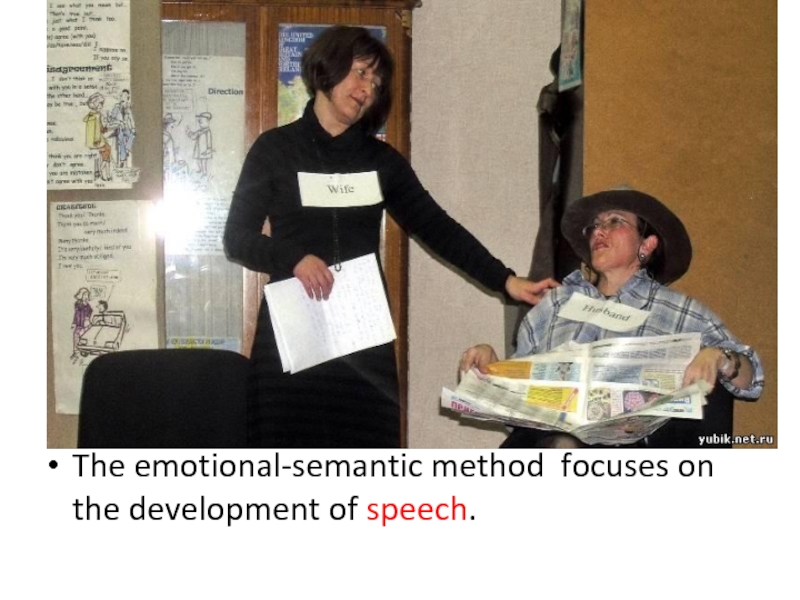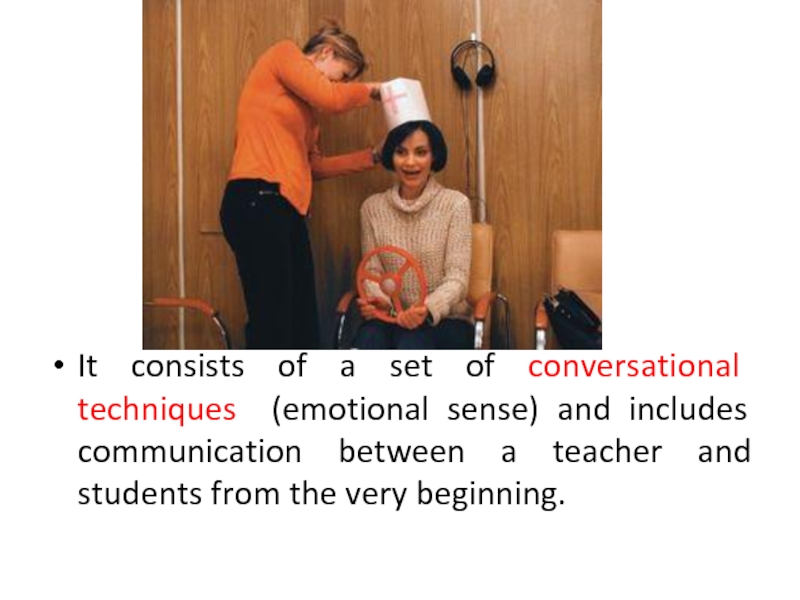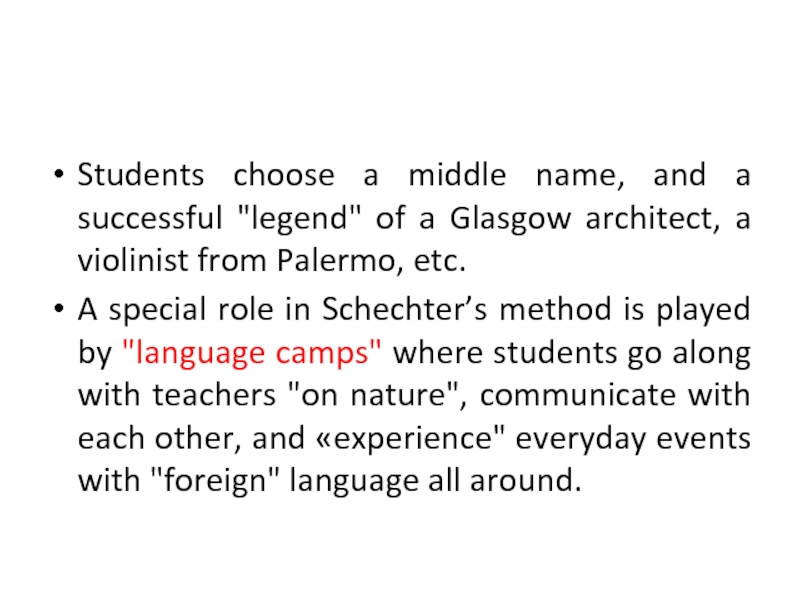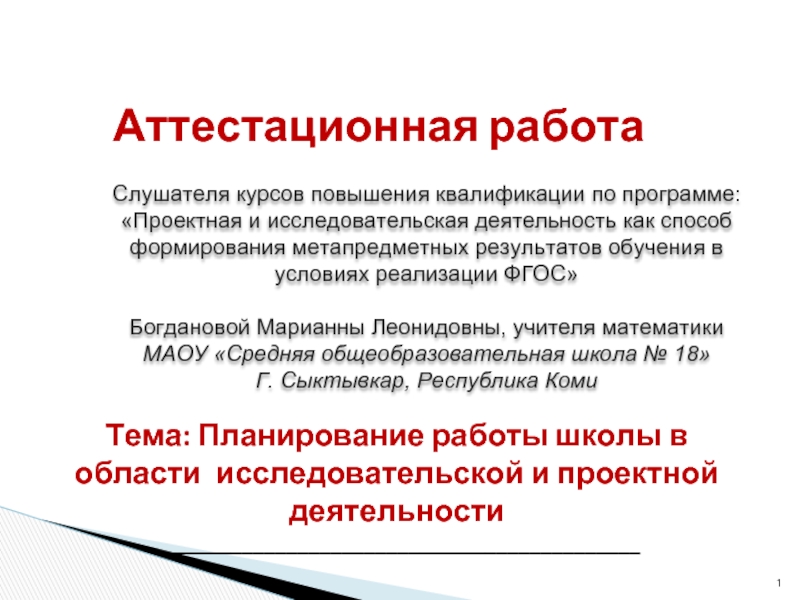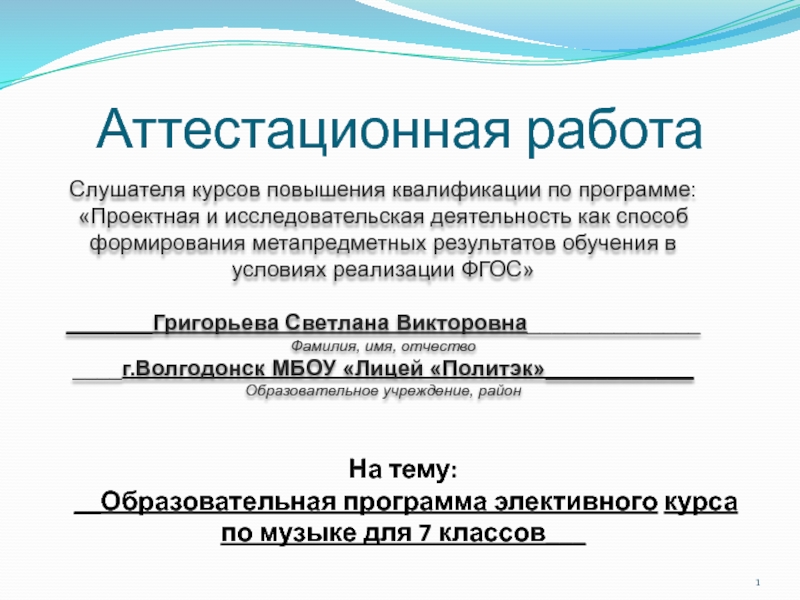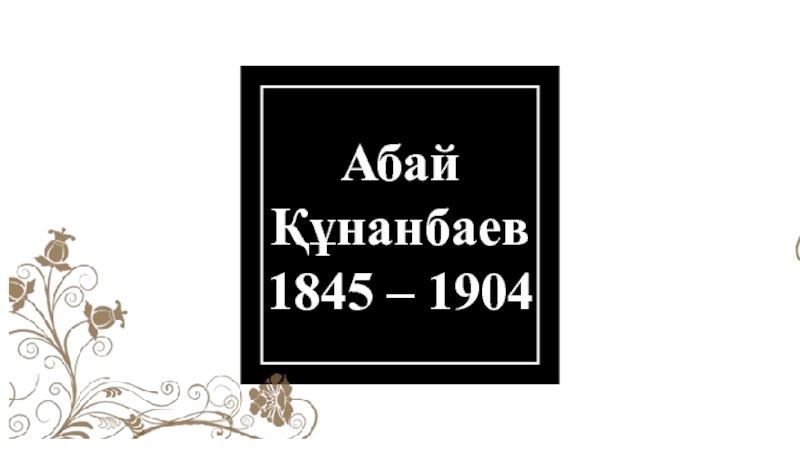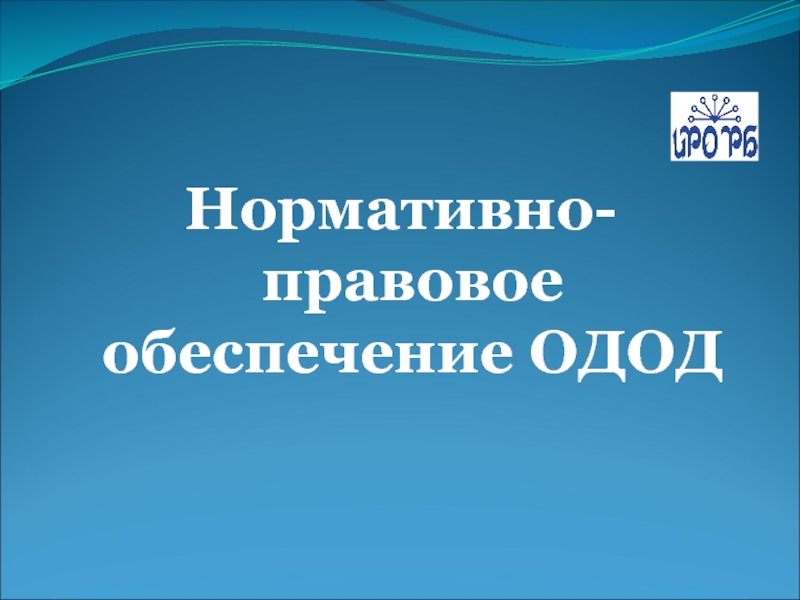- Главная
- Разное
- Дизайн
- Бизнес и предпринимательство
- Аналитика
- Образование
- Развлечения
- Красота и здоровье
- Финансы
- Государство
- Путешествия
- Спорт
- Недвижимость
- Армия
- Графика
- Культурология
- Еда и кулинария
- Лингвистика
- Английский язык
- Астрономия
- Алгебра
- Биология
- География
- Детские презентации
- Информатика
- История
- Литература
- Маркетинг
- Математика
- Медицина
- Менеджмент
- Музыка
- МХК
- Немецкий язык
- ОБЖ
- Обществознание
- Окружающий мир
- Педагогика
- Русский язык
- Технология
- Физика
- Философия
- Химия
- Шаблоны, картинки для презентаций
- Экология
- Экономика
- Юриспруденция
Schechter Method. (Лекция 3) презентация
Содержание
Слайд 3
It is a typical "immersion method", which is somewhat similar to
the "direct method” (direct learning), used in the USA.
This Intensive Method is heavily influenced by Lozanov's Suggestopedia but still retains uniquely Russian attributes.
It is not the Russian equivalent of the American Accelerated Learning programmes.
This Intensive Method is heavily influenced by Lozanov's Suggestopedia but still retains uniquely Russian attributes.
It is not the Russian equivalent of the American Accelerated Learning programmes.
Слайд 4
It is based upon the fact that foreign language should
be taken as native.
Students solve quite specific "non-linguistic" problems using foreign language.
Their native language is not used
Students solve quite specific "non-linguistic" problems using foreign language.
Their native language is not used
Слайд 5
Schechter suggests activation of the material, not just its presentation in
the learning process.
All the constructions and phrases are memorized naturally.
From the very beginning students are taught to express themselves communicating in different hypothetic situations. Only then the teacher explains some grammar material.
All the constructions and phrases are memorized naturally.
From the very beginning students are taught to express themselves communicating in different hypothetic situations. Only then the teacher explains some grammar material.
Слайд 7
It consists of a set of conversational techniques (emotional sense)
and includes communication between a teacher and students from the very beginning.
Слайд 8
Students choose a middle name, and a successful "legend" of
a Glasgow architect, a violinist from Palermo, etc.
A special role in Schechter’s method is played by "language camps" where students go along with teachers "on nature", communicate with each other, and «experience" everyday events with "foreign" language all around.
A special role in Schechter’s method is played by "language camps" where students go along with teachers "on nature", communicate with each other, and «experience" everyday events with "foreign" language all around.
Слайд 9Cons
It is not suitable for school or university lessons.
Although people
begin to speak very quickly, grammar is their weak point.
